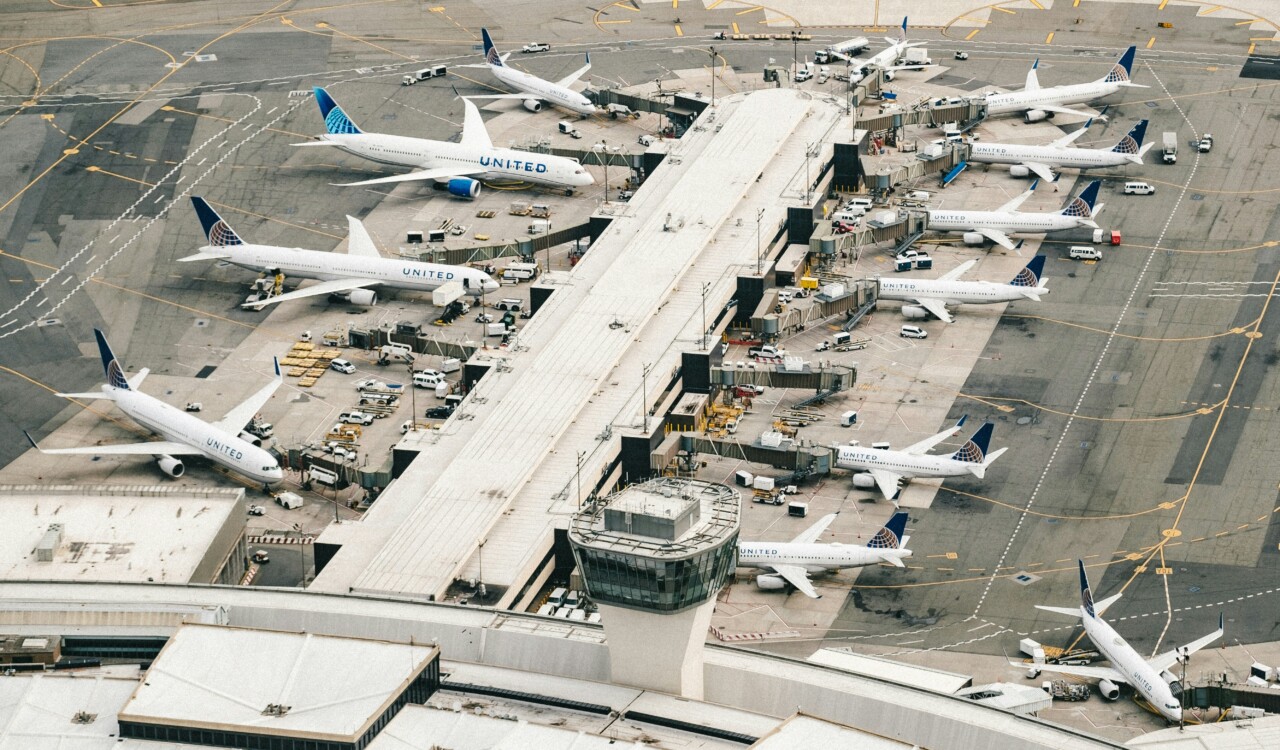Sky-high challenges and ground-level crises: how economic storms and Boeing’s turbulence are reshaping the future of airlines.
Crisis Ahead: The aviation industry, particularly the airline sector, finds itself at a critical juncture marked by unprecedented challenges and potential threats to its operational stability and long-term viability. Driven by a confluence of adverse economic conditions, inflationary pressures, and specific industry hurdles such as the issues faced by Boeing and its impact on airline operations, the sector is navigating one of the most perilous periods in its history.
-
The deteriorating economic climate and stagflation are beginning to rear their ugly heads, and their effects are starting to be felt by the aviation industry.
-
Coupled with deteriorating economic conditions, Boeing’s production delays and debacles with its aircraft are exacerbating conditions within the aviation industry.
-
There are significant, broader global economic impacts that are affecting the aviation industry, adding to the complexity of the challenges faced by airlines.
Get Involved: Do you believe that the airline industry, and by extension the aviation industry, is prepared for the significant challenges ahead? Why or why not? Please share your thoughts in the comments below.
Economic Climate and Stagflation
-
Currently, the global economy is teetering on the brink of what many economists are predicting to be a period of stagflation. Stagflation refers to the economic scenario where the inflation rate is high, the economic growth rate slows, and unemployment remains steadily high. This poses a unique challenge as it leads to a rise in the cost of goods and services, simultaneously accompanied by a slowdown in economic activity.
-
For the airline industry, this economic backdrop is particularly problematic. Airlines operate on thin profit margins, which are heavily dependent on fuel costs, labor costs, and consumer demand. High inflation rates exacerbate fuel and operational costs, while economic slowdown suppresses demand for travel. The combination of these factors squeezes the operational capabilities of airlines, forcing them to make difficult decisions regarding fare increases, service quality, and cost-cutting measures, all of which can negatively impact customer satisfaction and market share.
On Aviation™ Note: For years, we have been warning about the looming economic crisis and its impact on the aviation industry. Now, we’re seeing the telltale signs that this is only the beginning. Unfortunately, there are many more challenges ahead.
Boeing’s Production Delays and Its Ripple Effects
Compounding the economic challenges are the specific issues faced by Boeing, a major aircraft manufacturer upon which many leading airlines depend. Recent years have seen Boeing plagued by production delays and other setbacks, most notably the grounding of the Boeing 737 MAX series following two fatal crashes. These issues have had a significant ripple effect on the industry. Airlines like Southwest, Ryanair, and American Airlines, which had heavily invested in Boeing’s new models for their fleet expansion and modernization plans, have been left scrambling with fleet shortages due to delayed deliveries.
The delays in aircraft deliveries have several ramifications:
-
Capacity Constraints: Airlines are unable to expand or even maintain their service levels without the expected new aircraft. This leads to reduced revenue opportunities at a time when financial resilience is crucial.
-
Operational Disruption: With an aging fleet, airlines face higher maintenance costs and potential disruptions in service, impacting both reliability and customer trust.
-
Financial Strain: Commitments to aircraft purchases involve significant capital expenditure. Delays in receiving new aircraft affect airlines’ financial planning and debt servicing capabilities, potentially leading to higher operational costs and reduced profitability.
On Aviation™ Note: Many outside observers might not have suspected that Boeing’s internal safety problems and its cozy relationship with regulators were this deep and would cause so much trouble within the airline industry.
The Broader Impact of Deteriorating Economic Conditions
-
Outside of Boeing’s delivery issues, the airline industry’s woes are further exacerbated by the deteriorating economic conditions. As economies across the globe reel from the impacts of the pandemic, coupled with geopolitical tensions and supply chain disruptions, the industry faces severe demand shocks and volatile market conditions. Consumer confidence is low, and discretionary spending on travel is reduced, leading to lower load factors and reduced revenue per available seat mile—a critical metric for airlines.
-
Business travel, a major revenue source for airlines, has also taken a hit with the rise of virtual communication platforms and companies cutting down on travel expenses amidst budget tightening. The shift in business travel patterns, potentially a long-term change, represents a structural challenge that could reshape the airline industry’s business model.
On Aviation™ Note: In addition to the rapidly deteriorating global economic conditions, there are geopolitical challenges that seem to be worsening with each passing week. This is particularly true with conflicts in Eastern Europe and the Middle East, not to mention the potential conflict brewing in the South China Sea.
Conclusion
The airline industry’s current plight is a complex tapestry woven from both external economic pressures and internal industry-specific challenges. The confluence of stagflation, coupled with significant operational hurdles like those presented by Boeing’s delivery delays, creates a storm that requires careful navigation. As the industry looks to the future, the path forward involves not just overcoming immediate challenges but also strategically adapting to the evolving economic landscape and consumer behavior patterns. While the industry is no stranger to turbulence, the scale and multifaceted nature of the current crisis are particularly daunting, signaling a critical period of reassessment and adaptation for airlines worldwide.
Thank you for reading this week’s On Aviation™ full article. Do you believe that the airline industry, and by extension the aviation industry, is prepared for the significant challenges ahead? Why or why not? Please share your thoughts in the comments below. Remember to check out our On Aviation™ Podcast and continue the conversation on our Twitter and Instagram.
Orlando – On Aviation™
